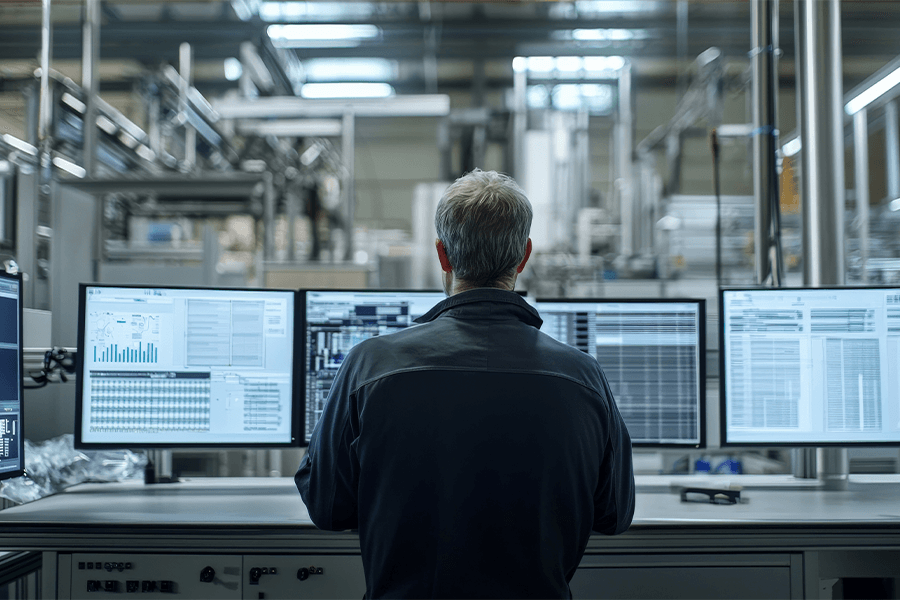Related Resources
In the ever-evolving landscape of manufacturing, robotics has emerged as a key player in enhancing precision, speed, and safety. The integration of robotics into manufacturing processes is revolutionizing the industry, leading to significant improvements in efficiency, quality, and worker safety.
Enhanced Precision
The level of accuracy of robots not only improves the quality of the final products but also reduces waste, leading to cost savings for manufacturers.
One of the most notable advantages of incorporating robotics in manufacturing is the unparalleled precision they offer. Robotic systems are designed to execute tasks with incredible accuracy, minimizing the risk of human error. Whether it’s assembling intricate components or performing delicate welding tasks, robots can repeatedly perform these actions with exact precision. This level of accuracy not only improves the quality of the final products but also reduces waste, leading to cost savings for manufacturers.
Increased Speed
Speed is another critical benefit that robotics brings to modern manufacturing. Robotics systems can operate at a much faster pace than human workers, leading to increased production rates. Automated assembly lines, powered by advanced robotics, can manufacture products around the clock without the need for breaks, thereby maximizing output. This constant operation significantly boosts productivity, allowing manufacturers to meet high demand and tight deadlines more effectively.
Improved Safety
Safety is paramount in any manufacturing setting, and robotics plays a crucial role in enhancing workplace safety. By taking over hazardous tasks, such as handling toxic materials or operating heavy machinery, robots help reduce the risk of workplace injuries. Additionally, the precision of robotic systems minimizes the likelihood of accidents caused by human error. This safer working environment not only protects employees but also leads to lower insurance costs and fewer production stoppages due to accidents.
Integration with Advanced Technologies
Modern manufacturing robots are designed to integrate seamlessly with other advanced technologies, such as artificial intelligence (AI) and the Internet of Things (IoT). These integrations enable robots to perform more complex tasks, adapt to new workflows, and even learn from past actions to improve future performance. This synergy between robotics and advanced technologies fosters an environment of continuous improvement, driving innovation and efficiency in manufacturing processes.
Cost-Effectiveness
While the initial investment in robotics can be substantial, the long-term cost benefits are undeniable. Automated systems reduce the need for a large workforce, leading to significant labor cost savings. Moreover, the efficiency and precision of robotics reduce material waste and product defects, further contributing to cost savings. Over time, these advantages result in a substantial return on investment for manufacturers.
Conclusion
The role of robotics in modern manufacturing cannot be overstated. By enhancing precision, increasing speed, and improving safety, robotics is transforming the industry and setting new standards for efficiency and quality. As technology continues to advance, the adoption of robotics in manufacturing processes will undoubtedly play a pivotal role in the industry’s future, driving innovation and ensuring competitive advantage.






